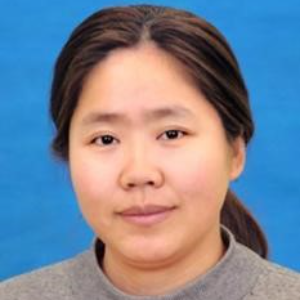Title : The mechanism of the suppression of experimental fungal keratitis by histone deacetylases inhibitors
Abstract:
Fungal keratitis is one of the leading causes of blindness of infected corneal diseases, but the pathogenesis of fungal keratitis is not fully understood and therefore the treatment of the disease by medication is still under investigation. In the current study, we sought to study the effect of HDAC inhibitor suberoylanilide hydroxamic acid (SAHA) on experimental fungal keratitis in mice. SAHA (25 mg/kg) (n = 30) or vehicle (DMSO) (n = 30) was delivered through intraperitoneal injection (IP) 24 hours after the fungal inoculation, and the same amount of SAHA injection or DMSO was followed at day 2. The expression of histone H3 (H3), acetylated histone H3 (AC-H3), histone deacetylase 1 (HDAC)1, tumor necrosis factor-α (TNFα), and Toll-like receptor 4 (TLR4) in surgically excised specimens from the patients and mice with fungal keratitis were detected by immunohistochemistry. The expression of mRNAs for Interleukin-1β (IL-1β), TNFα, and TLR4 were evaluated in the corneas of the mice with fungal infection and the control corneas by real-time PCR. The quantification of IL-1β and TNFα in the corneas of the mice with fungal infection was determined by ELISA. The inhibitory effect of SAHA on mice fungal keratitis was revealed by GMS and H&E staining. We found that the downregulation of histone acetylation and upregulation of HDAC1 expression were associated with the increased inflammation response in fungal keratitis not only in humans but also in experimental animals. SAHA was able to inhibit experimental fungal keratitis in mouse by suppressing TLR4 and inflammatory cytokines such as TNFα and IL-1β; the inhibition of HDAC may be a potential therapeutic approach for the treatment of fungal keratitis.



